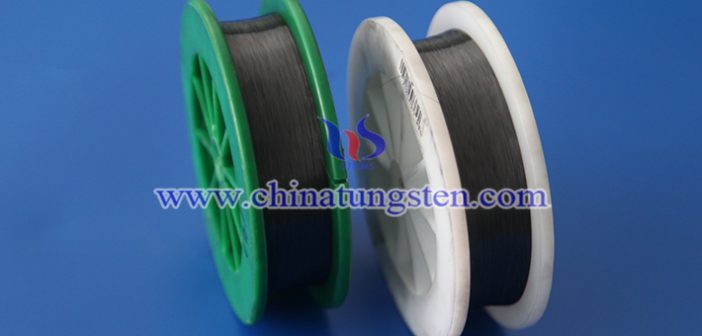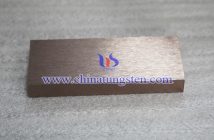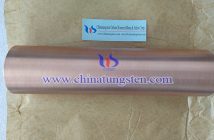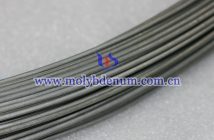Diamond wire saw, also known as diamond wire, refers to a cutting wire that fixes diamond abrasives on metal wires by electroplating or resin bonding. It is mainly used to cut high-hard and brittle materials such as single crystal silicon, polycrystalline silicon, sapphire, magnetic materials, and hard alloys, etc.
Compared with free abrasive wire saws, it has the advantages of higher processing efficiency, lower energy consumption, and better cutting quality; compared with circular saws and band saws, it can not only change the cutting direction more flexibly, but also process more complex geometries. However, this does not mean that the wire saw has no disadvantages. The current wire saws that use carbon steel wire as the busbar/base material have the disadvantages of large wire diameter, high wire breakage rate and short service life. Therefore, in order to make up for the shortcomings of the existing wire saws, manufacturers began to use doped tungsten wires to replace high-carbon steel wires as the base material of diamond wires.
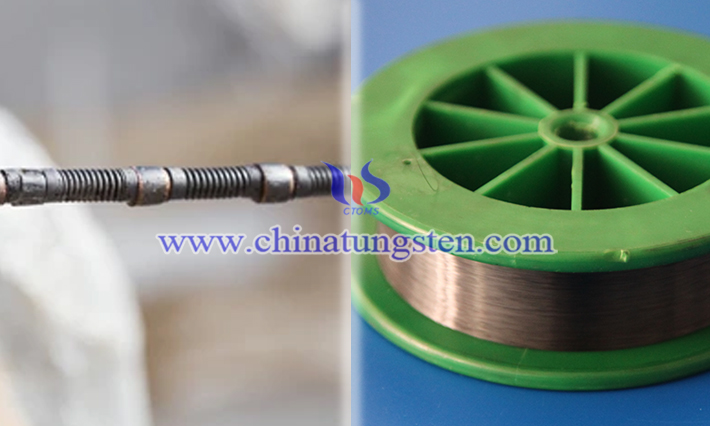 For the production of diamond wire saw, the researchers with the patent number CN113275659A proposed a new production method, the process is: (1) Optimal black tungsten wire, which goes through wire setting→three-stage electrolytic polishing→water washing→drying →take up the wire to prepare the silver-white metallic luster tungsten wire; (2) The tungsten wire treated in step (1) is discharged in turn→secondary degreasing→pickling→impact nickel→sanding→sand fixing→heat treatment→take up the wire, and you can prepare a tungsten diamond wire saw with a wire diameter of 30~40um.
For the production of diamond wire saw, the researchers with the patent number CN113275659A proposed a new production method, the process is: (1) Optimal black tungsten wire, which goes through wire setting→three-stage electrolytic polishing→water washing→drying →take up the wire to prepare the silver-white metallic luster tungsten wire; (2) The tungsten wire treated in step (1) is discharged in turn→secondary degreasing→pickling→impact nickel→sanding→sand fixing→heat treatment→take up the wire, and you can prepare a tungsten diamond wire saw with a wire diameter of 30~40um.
The specific steps are as follows: the diamond wire busbar is a tungsten wire, and its surface is etched with "swallowtail" pits, which are formed by three-stage electrolytic polishing; each stage of electrolytic polishing in the three-stage electrolytic polishing. The equipment for each level of electrolytic polishing in the three-level electrolytic polishing consists of a working tank, a corrugated profiling plate cathode plate, an ultrasonic vibration plate, an anode guide wheel, a circulation tank, a heating pipe, a circulating liquid pump, a filter, and a plate heat exchanger, high-frequency DC switching power supply; the impact nickel layer is filled with pits and plated on the surface of the bus bar, the impact nickel layer and the bus bar form a "dovetail" structure, and the upper sand layer is plated on the surface of the impact nickel layer and consolidated with diamond particles , the surface of the upper sand layer is also coated with a layer of sand-fixing sand layer.

